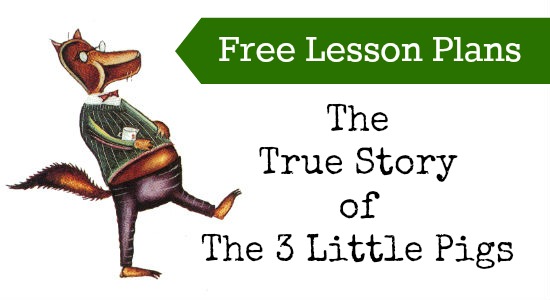
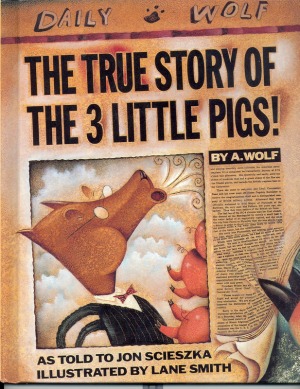 Title: The True Story of the Three Little Pigs
Title: The True Story of the Three Little Pigs
Author: Jon Scieska
Illustrator: Lane Smith
Ages: 5-8 years
Description (from Amazon): “There has obviously been some kind of mistake,” writes Alexander T. Wolf from the pig penitentiary where he’s doing time for his alleged crimes of 10 years ago. Here is the “real” story of the three little pigs whose houses are huffed and puffed to smithereens… from the wolf’s perspective. This poor, much maligned wolf has gotten a bad rap. He just happened to be in the wrong place at the wrong time, with a sneezy cold, innocently trying to borrow a cup of sugar to make his granny a cake. Is it his fault those ham dinners–rather, pigs–build such flimsy homes? Sheesh.
This 10th-anniversary edition of Jon Scieszka’s New York Times Best Book of the Year, The True Story of the 3 Little Pigs!, includes a special, impassioned letter from prisoner A. Wolf himself and a snappy new jacket by Caldecott Honor artist Lane Smith, whose quirky perspectives still color the illustrations throughout. As with The Stinky Cheese Man and Other Fairly Stupid Tales, the collaborators take a classic story and send it through the wisecracker machine, much to the glee of kids young and old. (Ages 4 to 8 or much, much older) –Emilie Coulter –This text refers to an out of print or unavailable edition of this title.
Overview:
You may think you know the story of the Three Little Pigs and the Big Bad Wolf, but this story will make you think otherwise. As told by A. Wolf, this is a delight for all ages.
Discussion Points:
Ask your student the following questions:
- Before reading the story, ask your student(s) if he or she remembers the story of the Three Little Pigs and have them tell it to you.
- Have a discussion about point of view; talk about how the original story is written from the pigs’ point of view and this one is written from the wolf’s point of view.
- After reading the story, compare what elements were the same and which were different. (you can use this free printable venn diagram)
- After comparing the elements of the two versions, ask your child(ren) what conclusions can they come to about which parts were true?
- Can you remember a time where two different people had a different view of what happened?
- In this story, the wolf eats a lot (and he’s baking a cake!). Talk about what a wolf in the wild really eats (you can find out here).
Activities:
- Learn more about writing point of view
- Pretend you are a newspaper reporter and write your own story about the Three Little Pigs and the Big Bad Wolf
- Create and print your newspaper online at ReadWriteThink
- In this story, A. Wolf was trying to make a cake for his grandmother. Try this easy recipe and make your own cake.
- Can you really build a house from straw? Watch this video to find out!
- Create your own version of the story and act it out with friends & family. Watch the video below for ideas!
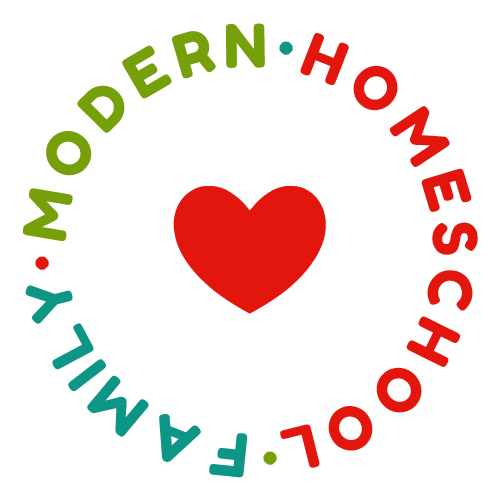
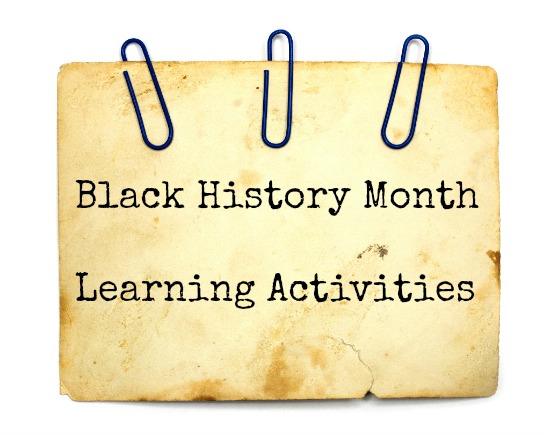
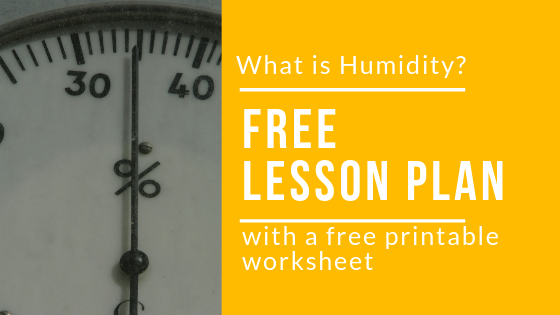
I taught this same lesson about a month ago in my second grade class! I love the set up of yours. I’ll be pinning this for all my teacher friends! Thanks!
Karli
http://Www.somethingsplendidblog.com
I think this is one of those stories that both kids and adults would like to read together. I’m honored you like it! Thanks!
I love this book and now I’ve gotten my daughter into it too! Thanks for the ideas for extending the story! 🙂